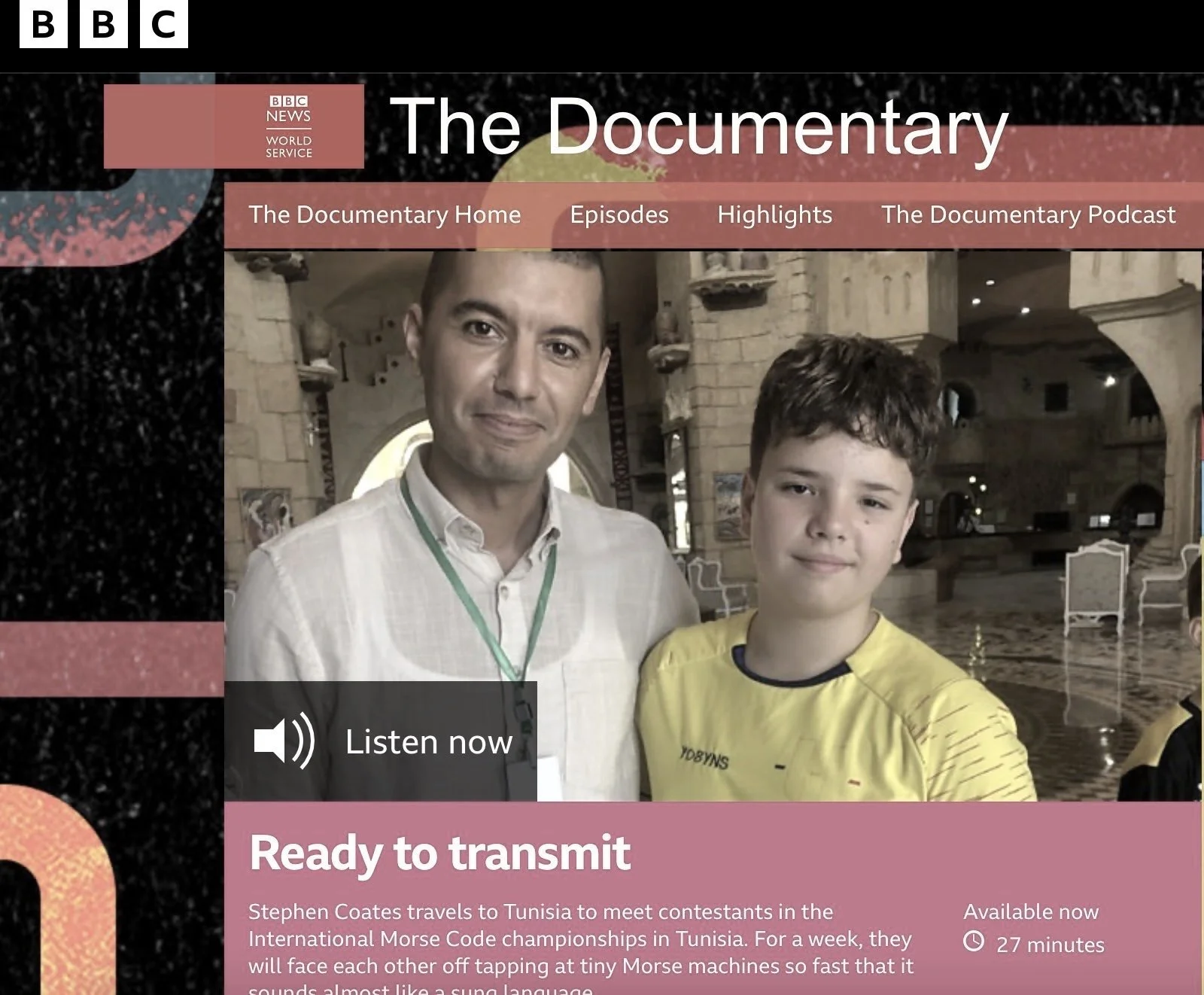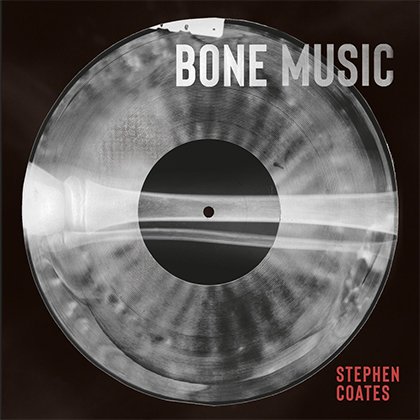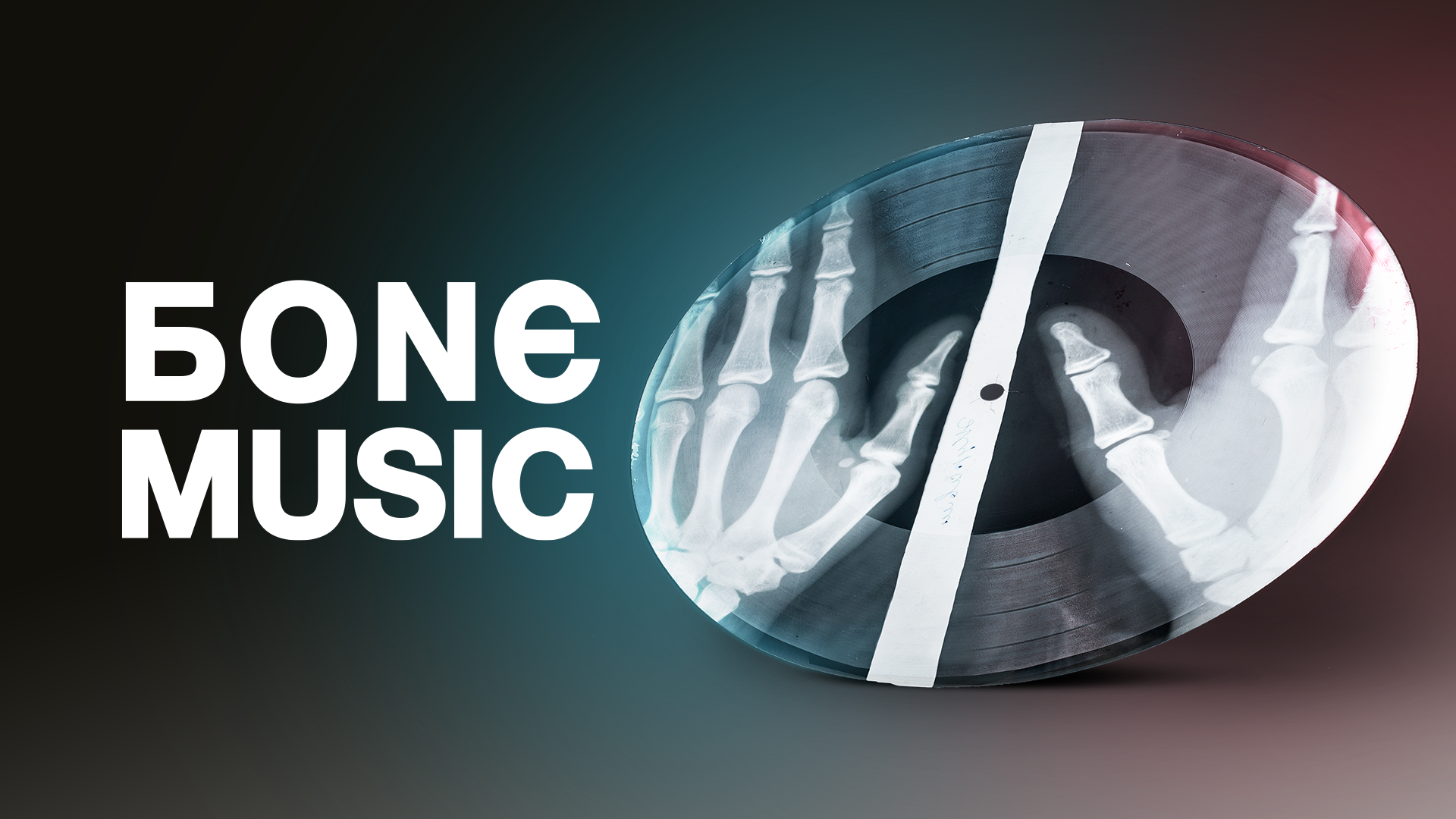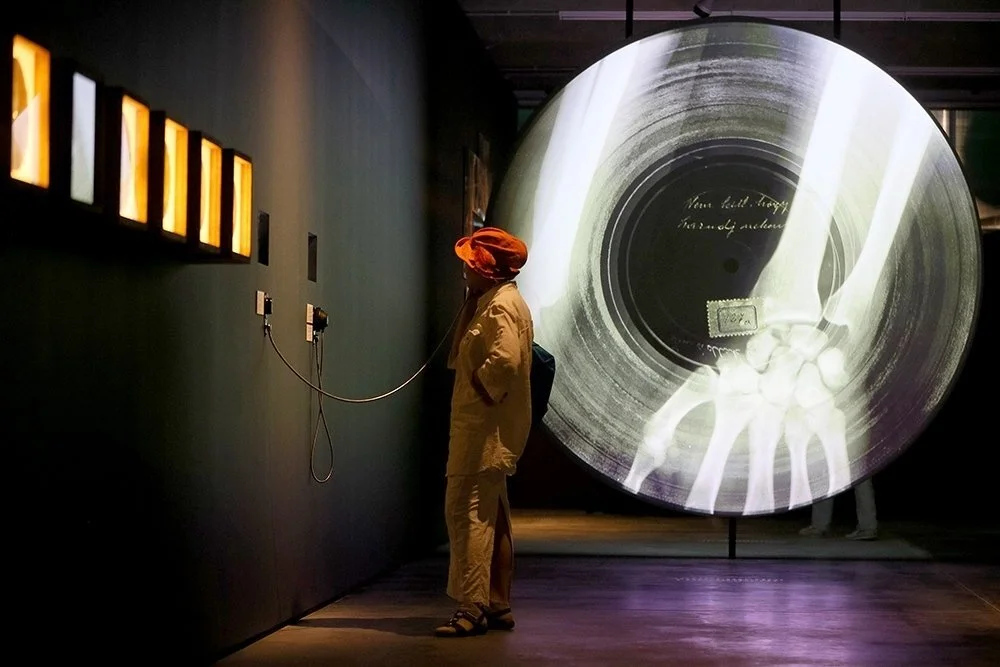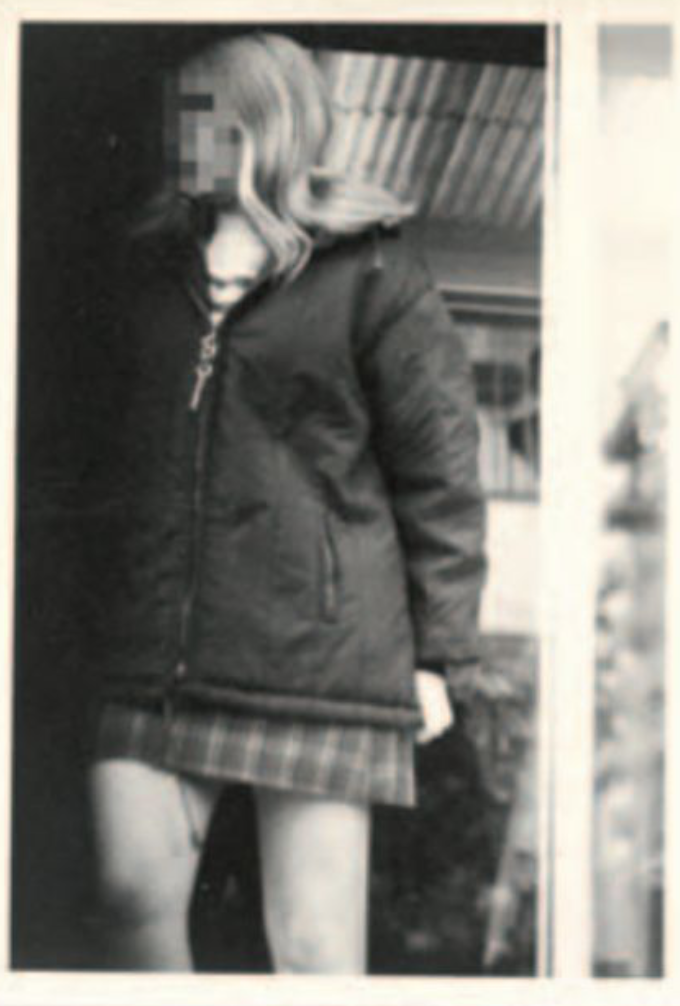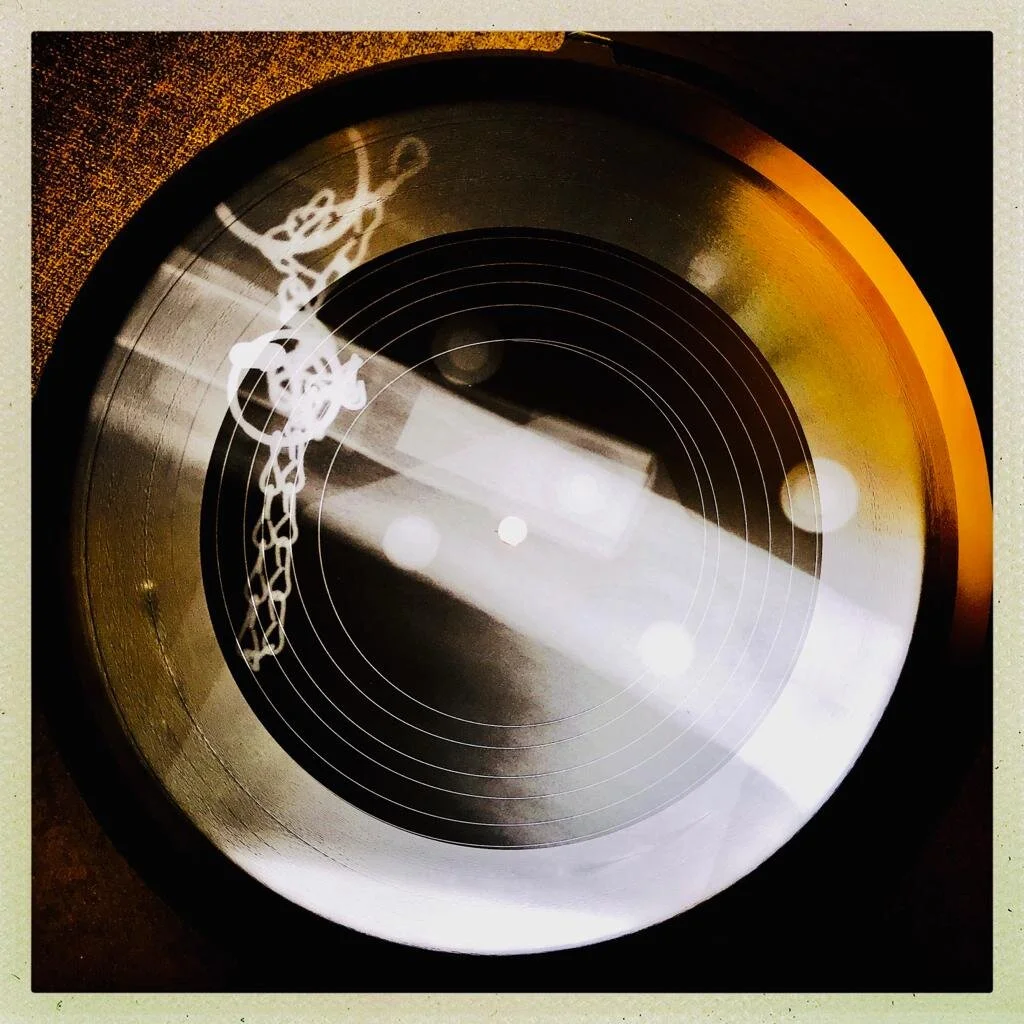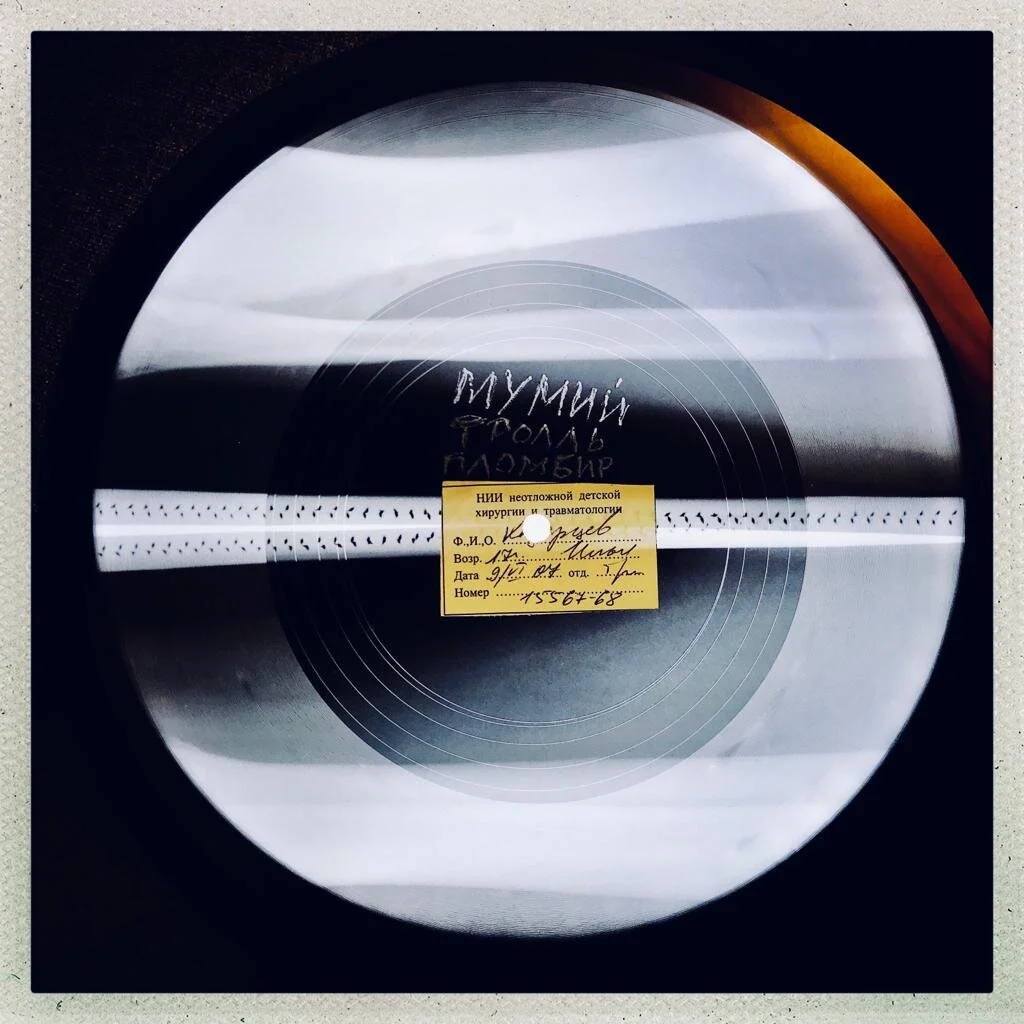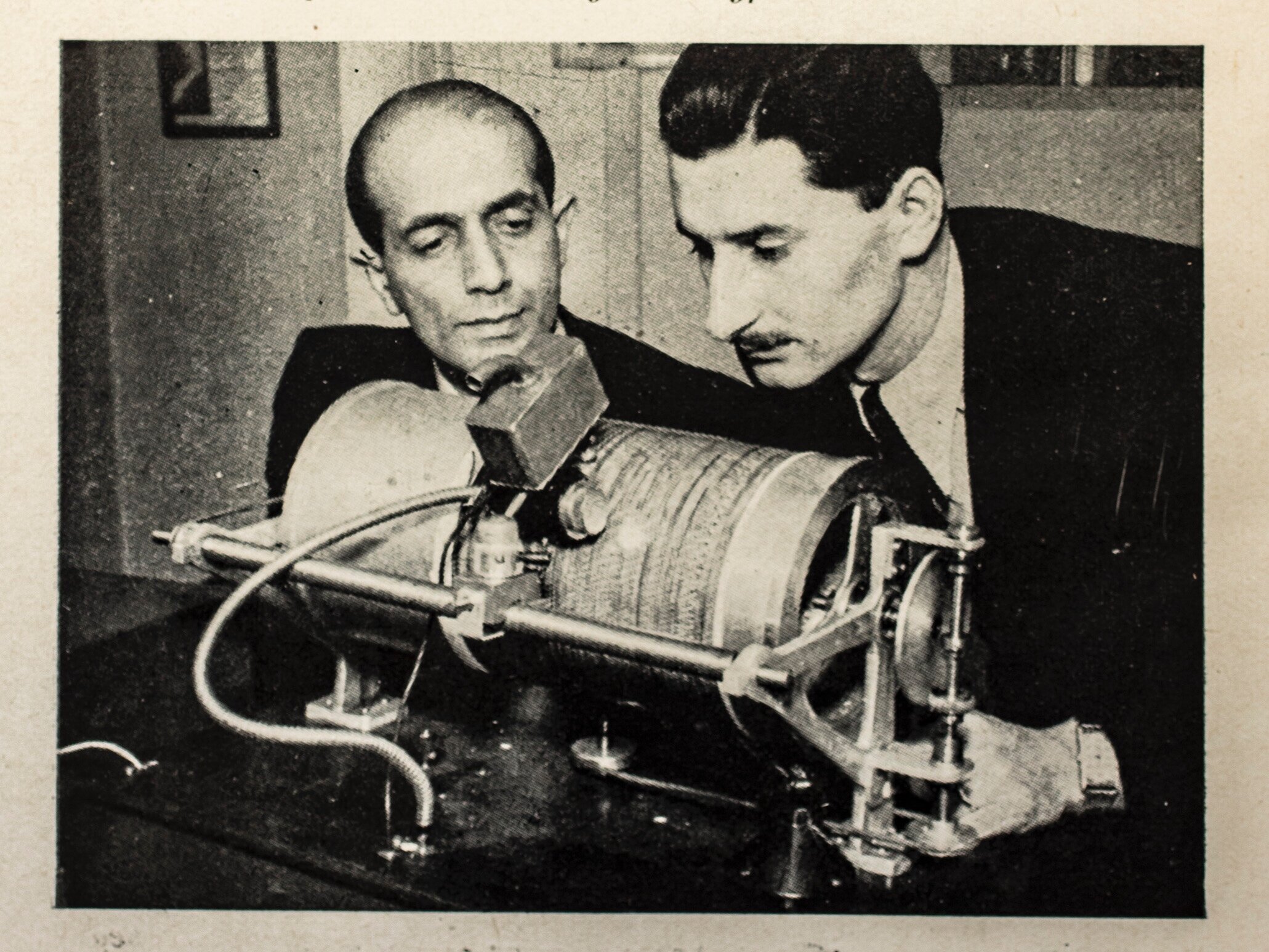For anyone who doesn’t know (as I didn’t), what the difference between Shortwave and Longwave radio is. - here is a nerdy if simple explanation.
Shortwave Radio (SW) can travel long distances by bouncing off the ionosphere
Its advantages:
• Can reach thousands of miles, even across continents.
• Works well for international broadcasting and emergency communication.
• Can be received in remote areas without needing satellite or internet access (good for spies)
Its disadvantages:
• Signal quality can be affected by atmospheric conditions and interference.
• Requires specialized radios that can tune to shortwave frequencies.
• Fading and distortion are common due to varying ionospheric conditions.
Longwave Radio (LW) travels as ground waves, following the Earth’s surface.
Its advantages:
• Very stable signals with minimal interference, making it ideal for continuous broadcasting.
• Can cover large areas, especially useful for national broadcasts in Europe.
• Works well in tunnels, valleys, and over water.
Its disadvantages:
• Limited range compared to shortwave—typically reaches only a few hundred miles.
• Requires large antennas for both transmission and reception.
• Not widely used in some parts of the world, such as the U.S., limiting its reach.
Which One is Better?
• If you need global coverage, shortwave is the better choice.
• If you need reliable regional or national coverage, longwave is more stable.
Many broadcasters have moved away from both in favor of FM, digital radio, and internet streaming, but shortwave still plays an important role in international news, military, and emergency broadcasts - and some other crazy situations as you wil learn if you lsten to the BBC radio program.



